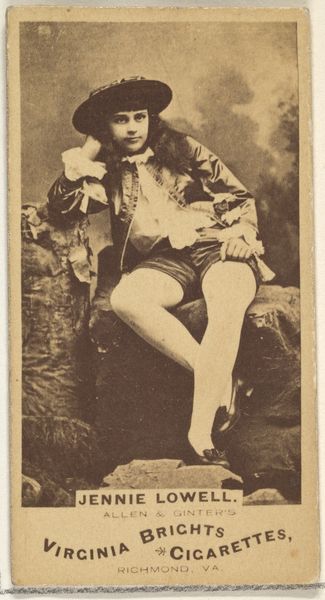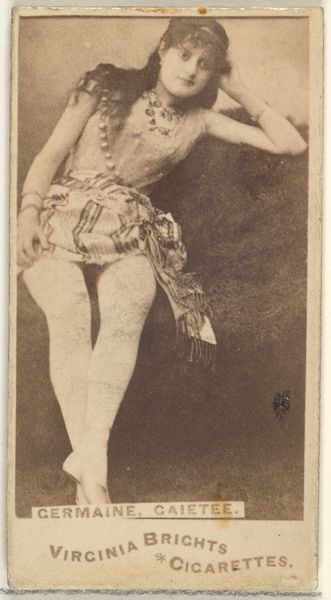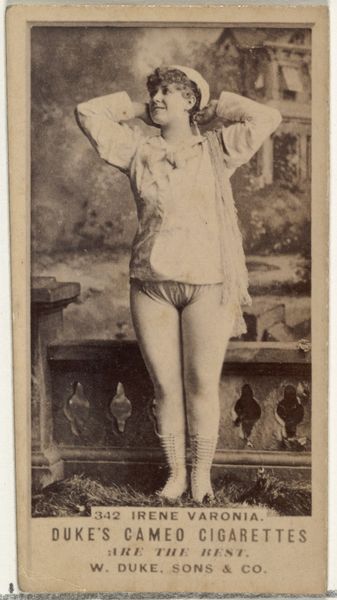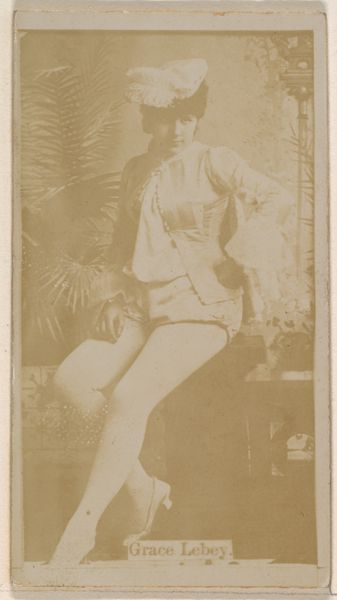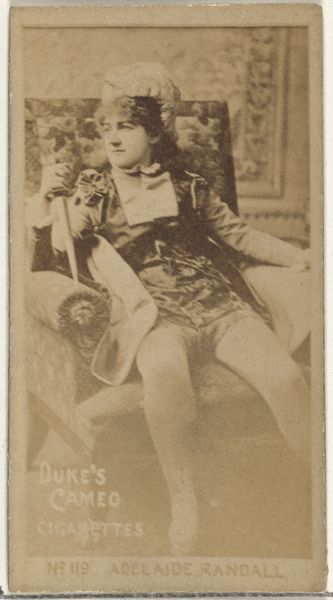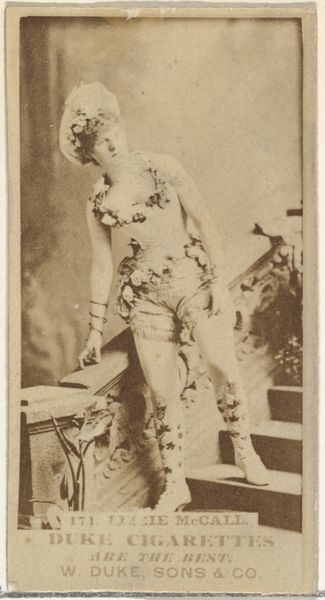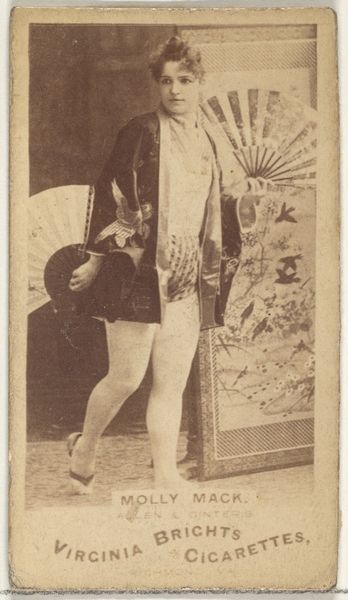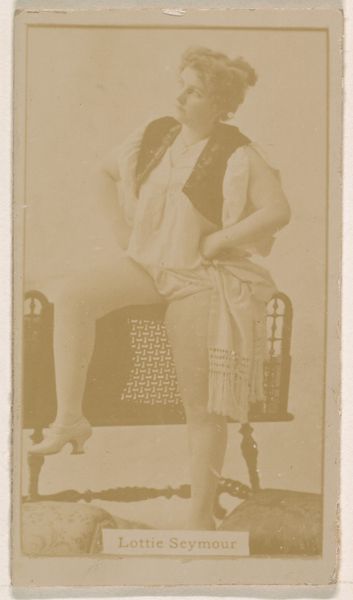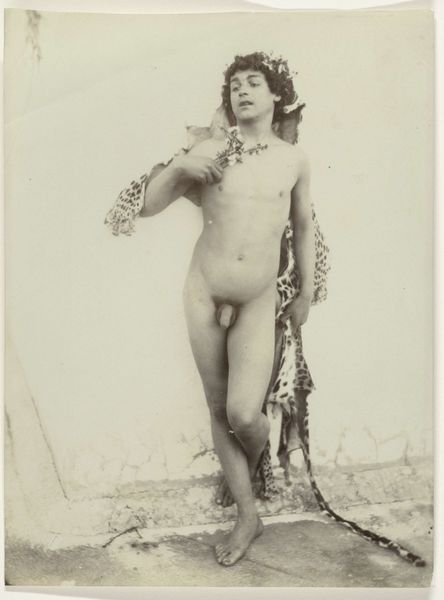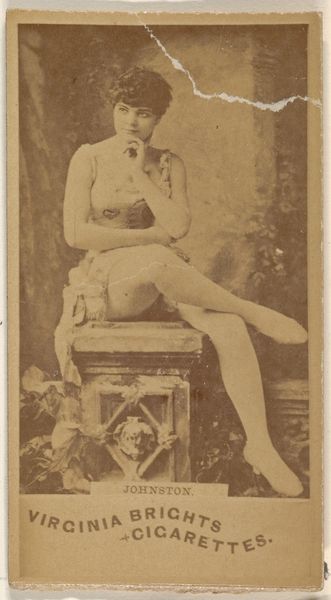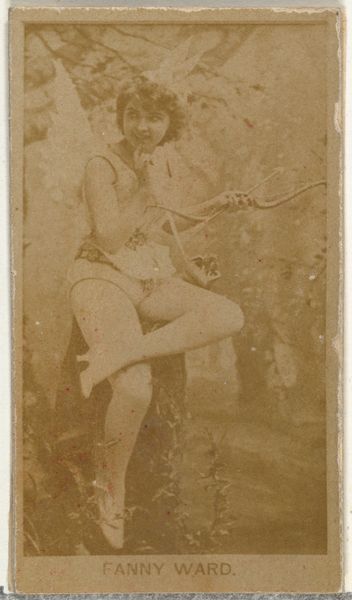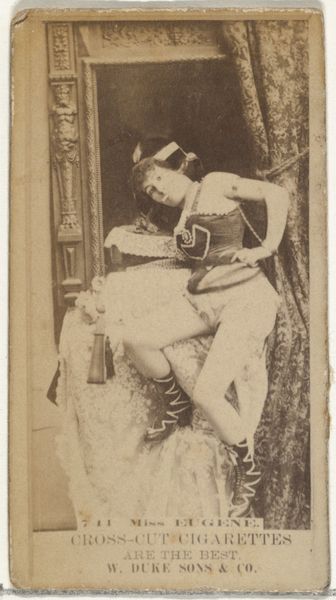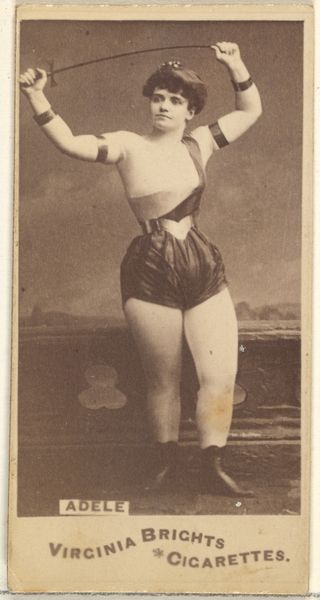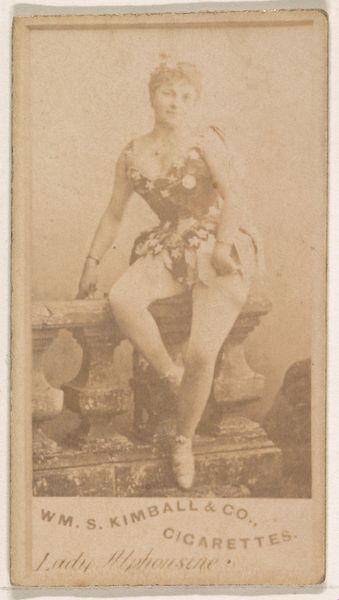
photography
#
portrait
#
print photography
#
negative space
#
pictorialism
#
photography
#
symbolism
#
nude
Dimensions: 19.5 × 17.5 cm (image, curved top); 38 × 28 cm (hinged paper)
Copyright: Public Domain
Curator: This is "Beauty is Truth, Truth Beauty," a photographic print made between 1896 and 1897 by F. Holland Day, a key figure in the Pictorialist movement. Editor: My first thought? An odd blend of ethereal beauty and staged artifice. There's a soft, dreamlike quality, yet something about the pose feels consciously arranged, a bit too symbolic, perhaps. Curator: Pictorialism, as a movement, strived to elevate photography to the status of art by imitating painting and etching through soft focus and hand manipulation of the printing process. Here, Day certainly pushes photography towards those artistic conventions. He often challenged societal norms with his work, blurring lines of gender, religion and sexuality. Editor: Absolutely. And it's hard to ignore the title. The phrase, of course, comes from Keats' "Ode on a Grecian Urn," connecting it to Romantic ideals. The subject here seems to embody that pursuit of the ideal. What about the sitter himself? Is he an allusion to something specific? Curator: It is believed that Day often used the same local youth from Boston in many of his images. The props, drapes and flowers here create the mood, with particular attention, it seems, paid to creating something more closely aligned with historical allegories and biblical scenes, like a new take on classic forms that break with academic and artistic standards of his day. Editor: So he's using classical forms and themes but also consciously subverting them through the body, the styling... everything is filtered through his own sensibility, challenging conventional ideals. There's also that very assertive gaze directly confronting the viewer which feels charged with the politics of identity. Curator: Day’s work frequently encountered censorship and criticism. He faced the prevailing puritanical standards. Editor: It makes you think about the ongoing battles around representation and censorship, and how much further we still have to go. I can still feel a tension just from looking at this, thinking of all the social forces in play around gender, sexuality, and religion even in this single image from over a century ago. Curator: Definitely, and Day’s position is fascinating given the period in question; as a photographer he seemed compelled to utilize historical, societal and mythological subjects while working against conventions, sometimes, but not always succeeding. Editor: Looking at this again, knowing more of the context… I appreciate the photographer's boldness, the risk, the pushing of boundaries to invite people to reconsider. Curator: Indeed, Day's impact stems from his attempts to position photography in dialogue with history and high art. It's really an audacious undertaking.
Comments
No comments
Be the first to comment and join the conversation on the ultimate creative platform.
